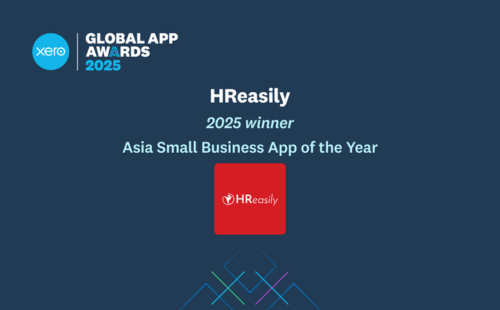
The year is winding down.
There’s a mad rush to “clear leave” to enjoy the Christmas and New Year season, typically resulting in an office that’s at its least productive. At the same time, end of year deadlines loom which can make or break the company’s bottom-line.
While eggnog and happy spirits abound, it can be a rough time for anyone who has to manage the human dynamics of leave taking. So what better season for technology and empathy to come together and salve the process of leave management?
Leave management is a process that calls for both employers and employees to comply with leave policies. Team leaders need to secure appropriate manpower to run the business smoothly at all times, while employees need to collaborate to keep up satisfaction and morale. A company’s leave management policy no doubt plays a key role in talent retention.
Just how important is getting a break for employees?
Well, consider a 2015 survey by recruitment firm Robert Half Singapore, which uncovered a wide gulf between how employees and senior executives perceived down time: Up to 36% of the 500 employees studied cited increased annual leave and holidays as top of their wish list (the survey excluded increased pay), while only 18% of 150 senior executives identified leave as their workers’ main want. Time off, no doubt, has a stronger resonance with employees than other benefits.
To avert potential conflict over who should take a break and when, teams can forge stronger ties among colleagues and management by deciding on a fair approach. Going on much-needed holidays and attending to personal priorities should not, in fact, leave teams with the stress of being too short-staffed to cope with delivery deadlines.
Leaner operations, of course, struggle most with a fair approach. So encouraging staff to proactively clear their annual leave allotment — through leave planning — creates a win-win situation for employees and employers.
Contented, well-rested workers do not come to the office wishing they were anywhere else. Creativity and innovation flourish in minds not buried under an avalanche of work, with no break in sight. Senior executives can better manage staff scheduling, and avoid costly disruptions to the company’s workflow.
In short, the much-vaunted and championed “work-life balance” is enabled when a robust and fair leave management system is put in place. Here’s four ways that senior executives can take the lead and promote work-life balance through effective leave management:
- Be firm about leave balance: Put a cap on the amount of leave that can be carried forward, and clearly communicate this to everyone, then follow through by enforcing the leave balance policy with transparency.
- Don’t apologise: Create a positive culture throughout the company around leaving-taking, so folks don’t feel they have to say sorry when they apply for it.
- Be transparent: Utilise tools within HReasily to create an overview of peak seasons, to encourage staff to plan their leave sooner rather than later.
- Be receptive to feedback: Leave need not be a hot-button issue that employers and employees avoid. Open communication adds to workplace engagement and satisfaction for employers and employees alike.
In short, if you don’t want your best talents to leave for good, your company’s leave management policy has to be robust, transparent and attuned to employees’ needs. Being able to take well-earned time off means valued employees don’t feel they have to take off to another company — a win-win for all concerned!
How does your company build openness and agility into leave management? We’d love to hear from you! Tell us your story.








